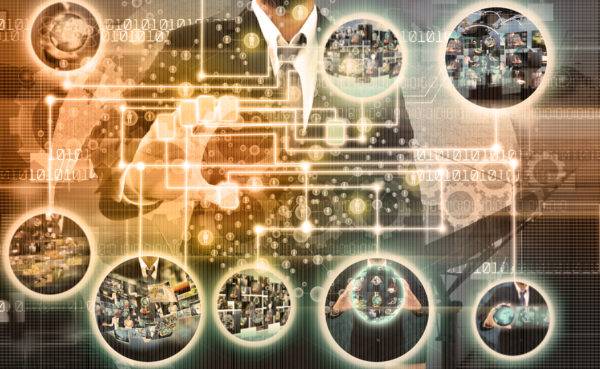The Internet of Things (IoT) is massive, and getting bigger by the day. As new applications come to light for these sensor-driven networked technologies, our world will become increasingly connected, and more autonomous.
IoT is the virtual Wild West of the technology world. Since it can include just about every “thing” we interact with on a day-to-day basis, the potential for new applications is boundless. In a largely uncharted category of technology, one thing is absolutely certain, that the world as we know it is changing.
Smart home automation
Your home may already have several IoT devices in it. Many modern thermostats connect to the Internet and enable you to control them from your smartphone or desktop browser. That same thermostat could be receiving data from smoke and carbon monoxide detectors placed throughout the home, or even your home security system along with its various sensors placed on doors and windows, motion detectors, and cameras.
See also: What is the Internet of Things?
This is becoming a very common home security solution as it is accessible from virtually anywhere in the world. It gives you greater peace of mind as you travel, being able to monitor and receive real-time updates of your home’s security from afar. Want to save money on cooling costs when you’re away? Just load the app and adjust the thermostat or set it up so your thermostat automatically adjusts depending on how close you are to it.
Some less common applications include smart refrigerators, ovens, and other appliances that enable you to do things like make a shopping list and have it sent to the cloud, control them remotely, or even take a peek inside them from your smartphone.
Industry 4.0
Industrial applications for IoT technologies are vast. Sensors that monitor a machine and relay data to a centralized console pave the way for entire floors of automated manufacturing equipment to be monitored and controlled by one person in a control room. This decreases staffing costs, improves general safety, and enables companies to more easily run their operation around the clock without the need for breaks and lunch hours.
One practical application comes by way of a sensor placed in industrial trash compactors that communicate with waste management companies to let them know when that compactor is full and ready for pick-up. Because it’s difficult for a human to tell when a compactor is at capacity, scheduling a costly pickup is often done by date rather than if the compactor is actually full or not. This technology ensures that a pick up only occurs when it’s actually needed, and that on the other side, you don’t end up in a situation where your compactor is overflowing.
Connected healthcare
Healthcare is one sector that absolutely stands to gain from IoT technologies. Hospitals, which are an area where things can go from calm and efficient to chaotic and overcrowded in a matter of minutes, rely on remote monitoring equipment to track their patient’s status when healthcare providers can’t be bedside at all times. A nurse’s station already receives real-time updates on a patient’s heart rate, oxygen, and other vitals which alerts them to a potential problem as soon as it arises, but this is really only useful at the patient’s bedside.
A new generation of health monitoring devices are more portable and capable of transmitting vital information wirelessly from virtually anywhere. Heart monitors a cardiac patient can wear on them day-to-day will enable doctors to make more accurate diagnosis and create a more targeted healthcare plan.
For newborn infants, products like Neopenda have the potential of enabling the vital signs of an infant to be monitored even in areas of the world where infant mortality is an especially big problem. It’s a minimally invasive, efficient solution for monitoring the vital signs of infants.
Tomorrow’s smart cities
Smart city projects are underway around the globe. The potential for IoT applications here is incredible.
Smart construction paves (literally) the way for structural sensors to detect weakening or structural damage to buildings, bridges, roadways, and more. A parking lot could be fitted with sensors at each parking spot, enabling visitors to see a billboard with real-time updates as to how many spots are open avoiding the all-too-frustrating issue of overcrowding.
Traffic sensors can transmit updates to central traffic control, enabling city management to adjust the pacing of traffic signals to improve efficiency and avoid traffic jams. Smart highways can even update drivers on their expected driving conditions enabling them to make better decisions about which route they take to work.
Surveillance cameras and audio sensors that detect problematic sounds like gunfire can enable local law enforcement to respond to an incident as it is happening rather than relying on citizens to call 9-1-1 to report that a crime has taken place. Finding and prosecuting a suspect is also easier when they can see the crime happening, identify the perpetrator, and quickly locate them as they flee the scene.
We are just now scratching the surface of the potential the Internet of Things offers us. We are beginning to discover new and exciting ways to put these technologies to use for us in order to improve our quality of life.

















